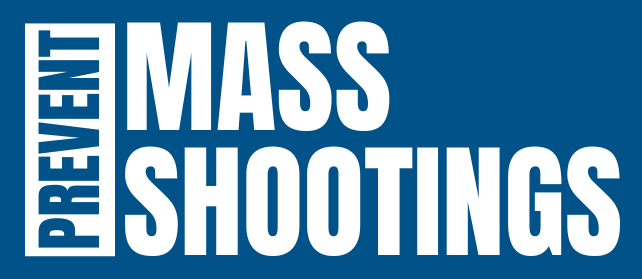Although statistically rare events, mass public shootings are among the nation’s most salient violent crime issues. According to recent estimates, the United States accounts for over 30% of worldwide mass shootings, more than any other similar country, and there is evidence this violence has grown deadlier over time. Unfortunately, recent rises in mass shootings (public or otherwise) continue to outpace the production of systematic research on this topic. As mass violence victimizations are amplified in the news media, panic and anxiety spread throughout the nation, subsequently emphasizing the need for policymakers and law enforcement to keep communities safe. While turning to the growing empirical research on mass violence prevention undoubtedly can help guide public safety efforts, there remains a lack of scholarship investigating the effectiveness of firearm legislation, including Extreme Risk Protection Orders (ERPOs) in reducing mass shootings across the United States.

Studies have shown that mass public shooters often display clear signs of their intent to commit violence ahead of their attack. Among the worrisome behaviors preceding mass public shootings is leakage, which refers to the communication of violent thoughts or ideas, including plots, to other individuals. This can occur in many forms, including verbal communications, letters, journals, and social media posts. Importantly, these communications are part of a larger constellation of pre-attack behaviors, including researching other perpetrators, acquiring weapons and ammunition, and practicing the plan. Importantly. for every potentially violent individual planning a targeted attack, there exists a social network, or system, of guardians, handlers, and managers who can observe behaviors indicating violence. Put simply, leakage and warning signs typically are communicated or displayed to friends, family, peers, teachers, neighbors – that is, members of the shooter’s social network system – who may be well-positioned to report suspicious activity and petition the court based on that information for extreme risk protection orders and help to prevent the shooting.

This first-of-its-kind study will evaluate the complex relationship between perpetrators’ leakage and warning behaviors, their social network, and state-level firearm policies with a specific focus on ERPOs. The goal of this research is to evaluate both the impact of ERPOs on reducing mass public shootings and their potential to exacerbate inequalities. Findings from this study can be leveraged to help direct curation of future ERPOs across the country and inform policy modification, especially regarding the determination of authorized petitioners, standards of evidence, and addressing inequities in the process. Our findings will be relevant to a diverse array of stakeholders, from legal decision-makers writing legislation, to law enforcement officials responsible for investigating petitions, to healthcare specialists and the public – who have long been tasked with the duty of “saying something” when they “see something,” but all too often lack the resources and training necessary to bridge the difficult gap between observation of concerning behavior and reporting.
